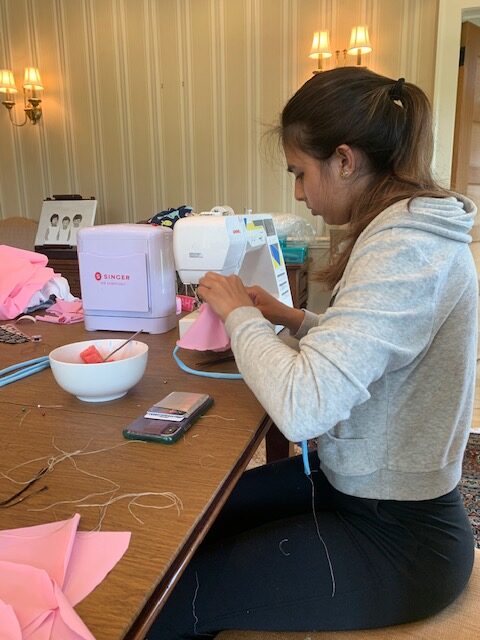Exit Interviews

Exit interviews are vital to the growth of your institution and an important part of saying goodbye. Are you doing them? Are you doing them well? Exit interviews are one on one meetings conducted when an employee moves on from your institution. When done well, they are great sources of data.
Some places may have an HR member discuss benefits with an exiting employee and call that an exit interview. In other places, just let that employee walk away and gather no data at all about their experience. Don’t let this opportunity for growth pass you by. Stop and think about what you can learn from this individual and their experience no matter what reason or what conditions they are leaving under. Another invaluable benefit of conducting exit interviews is that you are providing the exiting employee the opportunity to vent in a safe and productive manner.






